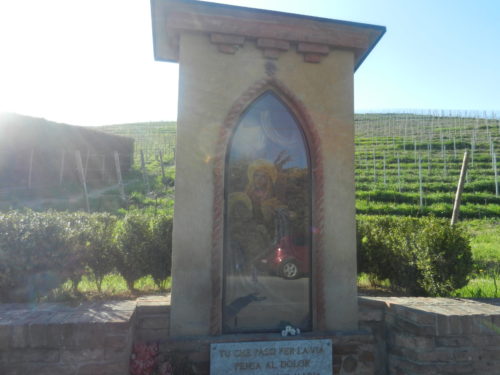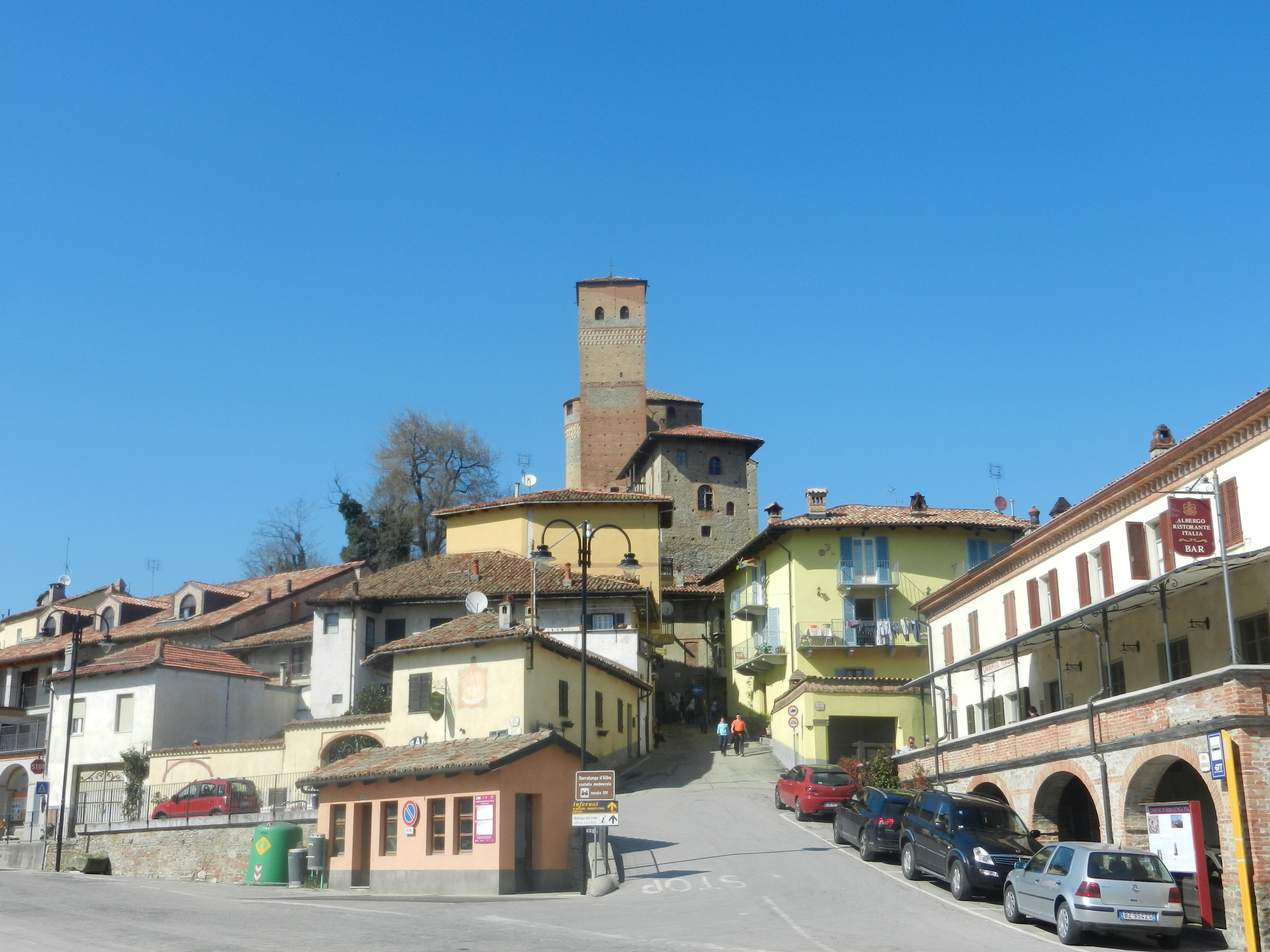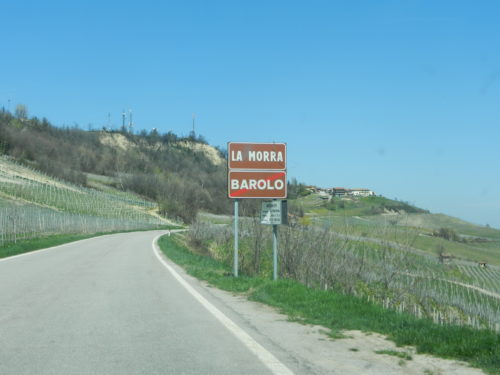Have you ever been invited into the wine cellar at a friends house? It pops and says something about the owner, you can tell what the person is like by the wines they choose. Its very similar to looking at their library, fascinating to get into the mind of the enigmatic type. These cellars vary from place to place. In Paris top private cellars will be exclusively French. Hong Kong is all about marquee names, brands with strong financial clout. In London you will find
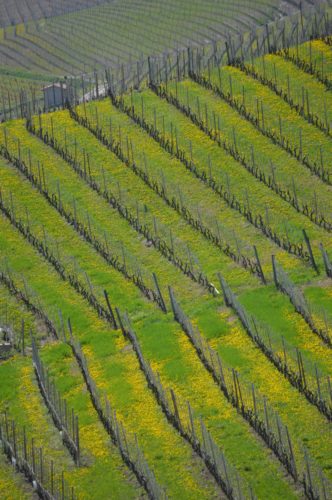 wines from all over the world. Overall London and New York are where you will find an even distribution and the most interesting cellars. Los Angeles has some amazing collections, dominated by local picks which are excellent, and the exciting thing is that a lot of the buyers are open to trying something new. Showing an unsuspecting buyer the beauty of a Meursault premier cru or a Cannubi Barolo is a real pleasure. A eureka moment if ever…
wines from all over the world. Overall London and New York are where you will find an even distribution and the most interesting cellars. Los Angeles has some amazing collections, dominated by local picks which are excellent, and the exciting thing is that a lot of the buyers are open to trying something new. Showing an unsuspecting buyer the beauty of a Meursault premier cru or a Cannubi Barolo is a real pleasure. A eureka moment if ever…
Bordeaux wines have always been a constant. They were always affordable until the modern Chinese economy awoke from its self imposed economic slumber and to new wealth. In what seems like the blink of an eye they discovered not only Ferraris but also all the trappings that go with… such as the claret colored juice. They have been significant buyers of Bordeaux since 2000. They hoovered up a whopping great part of the 2005 vintage notwithstanding the incredible 2009’s and 2010’s. The giant leap in pricing of the 2010’s over the 2009’s was at the forty percent mark in some estates. The irony of it all is that 2009 & ’10 are very similar in quality and you will be hard pressed to nail down which is better. Both were perhaps the most successful Bordeaux vintages since 1982. In the grand cru market the inevitable has happened and that is that the wines have gained so much in value that you cannot drink them and only the very well off can afford them.
Hong-Kong & Beijing took over from the more traditional buyers of London and New York. Burgundy prices have also risen to astronomical levels, having said that, Burgundy is hard to find and the vineyards are tiny in comparison to those of the Medoc. A good estate will make approximately seven hundred cases per cru per vintage compared to the twenty-thousand cases made at a cru classe Bordeaux estate. A hail storm can wipe out much of the crop in a matter of minutes hence another reason for rising prices. So by now you can get my gist… I have underlined the reasoning behind the high prices and the snob value attached to Bordeaux and Burgundy. Top class Californian wines are also very expensive. What has not been written about very much or celebrated in the same breath is the wine that smells of tar and roses which of course is Barolo. I would consider Barolo to be as good in quality as Bordeaux, Burgundy and top class Napa wines.
Tasting a fine wine is a hedonistic pleasure. It is such a pure moment that can be magnificent. The wine never lies. When I first tasted Sarmassa with Enzo Brezza I was asking myself how come I’d never heard anyone raving about this wine before? After some research I found, in what I like to call balanced cellars, there is always a decent tranche dedicated to this great appellation.
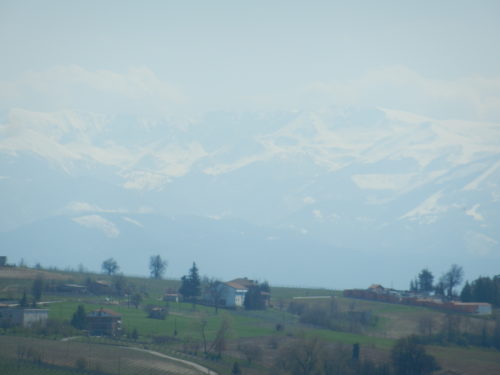 There are several different crus or villages that can make Barolo. All of the following villages have the right to label their wines as Barolo. There is the village of Barolo and its wines are known as Barolo di Barolo, then there is La Morra, Castiglione-Falletto, Serralunga-D’Alba, and Monforte-D’Alba. There are all kinds of single vineyard names within the boundaries of each village. Names such as Cannubi, Sarmassa, Le Coste, Ravera Bussia etc. Each one of these wines differs greatly from their neighbor and the subtleties are the holy grail. Great vineyards such as Burgundy & Chateauneuf have interesting idiosyncratic features that make them very sought after items. Barolo and its network of villages has all of the above. I believe the taste of these wines such as Brezza’s Sarmassa 2008 & 2009 to be unique. I think the language barrier and the ornate style of the labels made it hard for the American buyer to make that leap of fate. If you haven’t experienced them, the wines are made from a single varietal; Nebbiolo, and as they are not a blend, they are very linear in structure just like a Pinot Noir. They are to my mind very similar to a good Burgundian pinot Noir only a little heavier. The alcohol levels can be quite high, but thanks to the cool breeze which blows off the nearby Alps the wines are balanced.
There are several different crus or villages that can make Barolo. All of the following villages have the right to label their wines as Barolo. There is the village of Barolo and its wines are known as Barolo di Barolo, then there is La Morra, Castiglione-Falletto, Serralunga-D’Alba, and Monforte-D’Alba. There are all kinds of single vineyard names within the boundaries of each village. Names such as Cannubi, Sarmassa, Le Coste, Ravera Bussia etc. Each one of these wines differs greatly from their neighbor and the subtleties are the holy grail. Great vineyards such as Burgundy & Chateauneuf have interesting idiosyncratic features that make them very sought after items. Barolo and its network of villages has all of the above. I believe the taste of these wines such as Brezza’s Sarmassa 2008 & 2009 to be unique. I think the language barrier and the ornate style of the labels made it hard for the American buyer to make that leap of fate. If you haven’t experienced them, the wines are made from a single varietal; Nebbiolo, and as they are not a blend, they are very linear in structure just like a Pinot Noir. They are to my mind very similar to a good Burgundian pinot Noir only a little heavier. The alcohol levels can be quite high, but thanks to the cool breeze which blows off the nearby Alps the wines are balanced.
 A fusion of two geological soil types one which is called La Marna di Sant’Agatha and is composed of clayey-calcareous marl deposits. These soil types can be found in the villages of La Morra and Barolo and make a more approachable, prettier style of Barolo that boasts of rose like aromas. One can start drinking these wines on year seven after fermentation. The wines will be in sixth gear at fifteen years and will age for another twenty years depending on cellar conditions. The other soil type in Barolo is found in the villages of Serralunga, Monforte d’Alba and Castiglione-Falletto. This soil type is sandstone based and is known as Arenarie di Diano d’Alba (Diano sandstone).The wines from these communes are said to be more robust and alcoholic. As a result they take longer to mature are are better after ten years of age. Aromas of roses with hints of tar, mint and licorice hum of these wines. I know that’s a long time to wait, and I have to ask for your trust on this one, it’s well worth it for those who have the patience. But not to worry, I have done some of the hard work for you, please click on the links below to see some of my selections.
A fusion of two geological soil types one which is called La Marna di Sant’Agatha and is composed of clayey-calcareous marl deposits. These soil types can be found in the villages of La Morra and Barolo and make a more approachable, prettier style of Barolo that boasts of rose like aromas. One can start drinking these wines on year seven after fermentation. The wines will be in sixth gear at fifteen years and will age for another twenty years depending on cellar conditions. The other soil type in Barolo is found in the villages of Serralunga, Monforte d’Alba and Castiglione-Falletto. This soil type is sandstone based and is known as Arenarie di Diano d’Alba (Diano sandstone).The wines from these communes are said to be more robust and alcoholic. As a result they take longer to mature are are better after ten years of age. Aromas of roses with hints of tar, mint and licorice hum of these wines. I know that’s a long time to wait, and I have to ask for your trust on this one, it’s well worth it for those who have the patience. But not to worry, I have done some of the hard work for you, please click on the links below to see some of my selections.
http://charlemagnefinewines.mybigcommerce.com/brezza-sarmassa-2009-barolo-94-points-robert-parker/
http://charlemagnefinewines.mybigcommerce.com/brezza-bricco-sarmassa-barolo-2009-96-points-robert-parker/